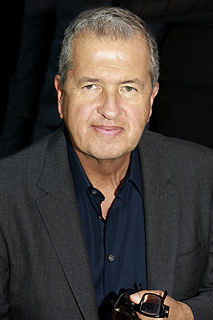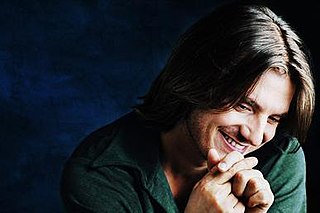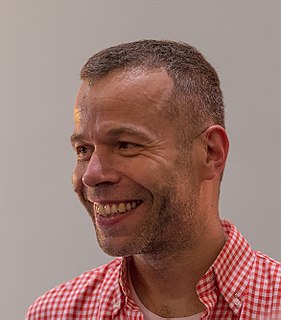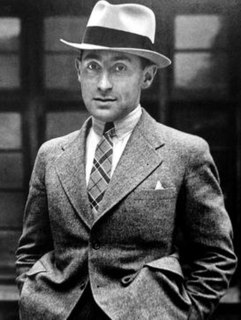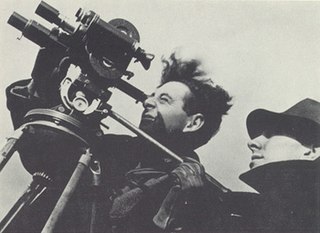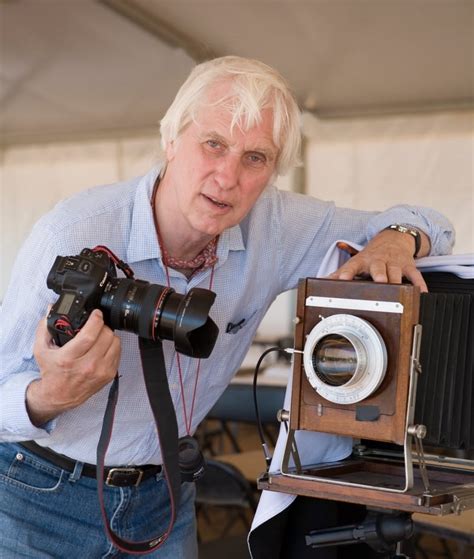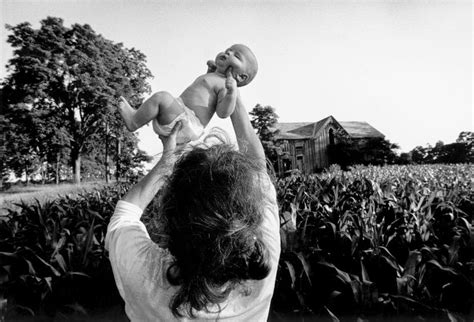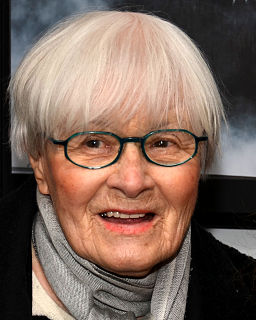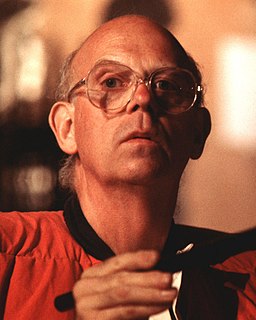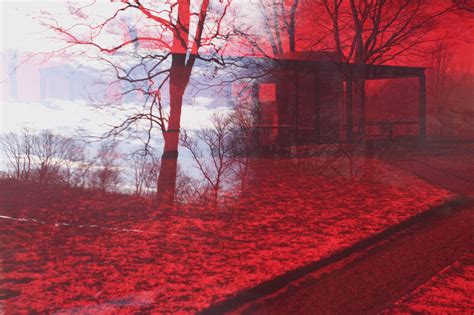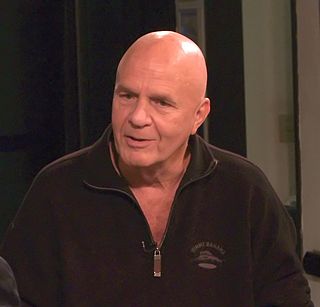A Quote by Mario Testino
I waited a long time, an hour or two, to make that picture perfect. But I wasn't totally satisfied. Then, when I'd finished the shoot, they were about to leave and they suddenly hugged in front of a radiator. I took my camera and that was the picture that ran everywhere - it was spontaneous emotion you could see they were completely in love.
Related Quotes
This act of piss, which can be considered sexual by some, a pleasurable experience, is at the same time total disrespect. I had once asked a friend to do this picture and he totally refused. So I carried the idea around with me for years. When I was invited to do a Honcho shoot, I approached Phillip, who was the barman at The London Apprentice, and fortunately he knew who I was. He had a copy of my first book, and that broke the ice. At the end of the shoot with him, I realized I could ask him to do this picture. I had waited four years to do it.
Another picture I hope to be remembered by is this one of the drum major rehearsing at the University of Michigan. It was early in this morning, and I saw a little boy running after him, all the faculty children in the playing field ran after the boy, and I ran after them. This is a completely spontaneous, unstaged picture.
These days I think the composers of music influence me more than any photographers or visual creators. I see something exciting or lovely and think to myself: 'If Papa Haydn or Wolfgang Amadeus or the red-headed Vivaldi were here with a camera, they'd snap a picture of what's in front of me.' So I take the picture for them.
I have a genuine philosophy. I do not want to make negative pictures about people, and so I do everything I can to help make them feel comfortable in front of the camera. That is what is going to control your picture, because you are alone if your subject is not with you. And that's the simple answer to getting a good picture.
My wife Ann and I had been digging during the day, transplanting lilies from the front of this abandoned farmhouse back down the road to where we live. We finished. She was tired and laid in the grass. I took a picture. The house is now gone. The walnut trees have been bulldozed and burned. I saw this picture the other day for the first time in years and realized how photographing life within a hundred yards of my front porch had helped me focus on everything I cared about.
And I told you: I think of a photograph you took of me, up in Montreal. You told me to jump in the air, so in the picture, my feet are off the ground. Later, I asked you why you wanted me to do that, and you told me it was the only way to get me to forget about the expression on my face. You were right. I am completely unposed, completely genuine. In my mind’s eye, I picture myself like that, reacting to you.
Do you remember when you were 10 or 11 years old and you really thought your folks were the best? They were completely omniscient and you took their word for everything. And then you got older and you went through this hideous age when suddenly they were the devil, they were bullies, and they didn't know anything.
If you want me to explain the picture, if you put it in reality, then the mystery goes away. The situation just catches you and you think it is absurd or mysterious and you just take the picture. You dont want to see the bare reality of what happened. I took the picture as the picture, not as the realistic story of what happened.
A photograph records both the thing in front of the camera and the conditions of its making... A photograph is also a document of the state of mind of the photographer. And if you were to extend the idea of the set-up photograph beyond just physically setting up the picture, I would argue that the photographer wills the picture into being.
Most of us are totally, completely misaligned. God-consciousness is up there, while most of us live down here at ego-consciousness. But what's up there can't recognize what's down here. If you were a frog, and you were trying to see what this room is like, what would you see? Just try and picture it.
